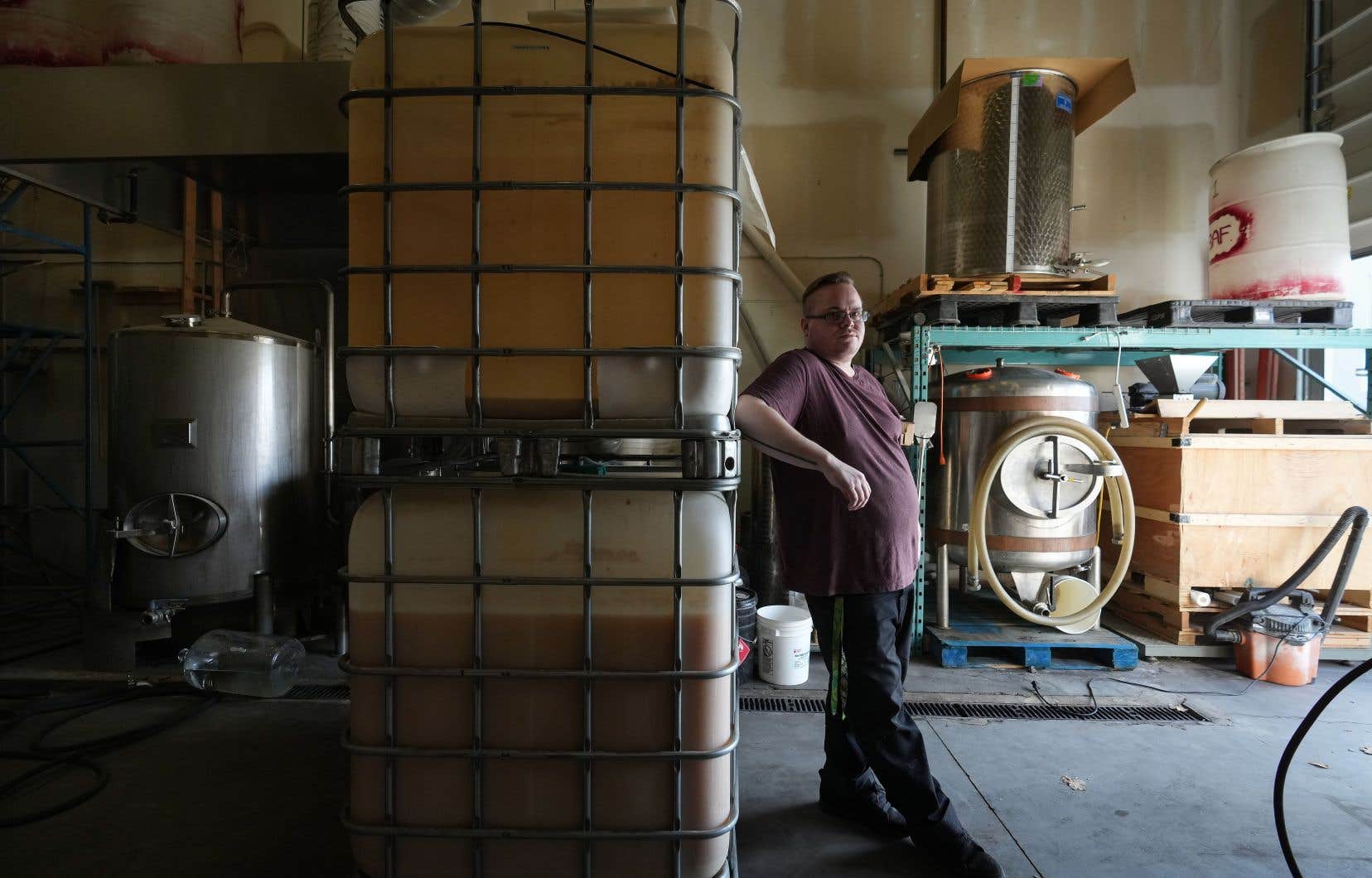Companies that had reconverted to deal with the pandemic had to return to their previous activities, after the return to a certain normality.
For example, for Scott Thompson, founder of Mad Laboratory Distillery, switching from whiskey to hydroalcoholic gel was never a long-term project.
“We had decided that the sale of hydroalcoholic gel was not part of our DNA, he underlines. It turned out that we were right. We were hoping this was a short-term request. »
He mentions that his company returned to the production of drinks from the beginning of 2022. This decision allowed him to avoid having too large a stock of unsold hygiene products.
Mr. Thompson says he does not understand his competitors who took the plunge in the spring of 2020. He nevertheless recognizes that the demand for hydroalcoholic gel was unprecedented during the first months of the pandemic. He hopes not to experience such a situation again.
“They thought people wanted more, more, and more. But I can produce so many and that’s all I can do. And having to prioritize my deliveries. I was at my wit’s end. »
Several companies that had started manufacturing protective equipment at the start of the pandemic had to close their doors, but some have fared better.
However, the distillery sector seems to have fared relatively well. According to the president of the Craft Distilleries Guild of British Columbia, Tyler Dyck, all of its members have survived the pandemic. Some have had to devote up to 80% of their production to hydroalcoholic gel, because of the shortage in hospitals and other public places.
Mr. Dyck says the return to beverage production has not been difficult, although the experience remains challenging. Distilleries are stuck with hundreds and thousands of liters of gel when demand is almost zero.
Mr. Dyck says that barely 10% of his members have reached the single point of profitability by making gels,
Some manufacturers have reduced their inventory by selling directly to consumers. Many have retained such a bitter taste that Mr. Dyke doubts they will convert again if a new pandemic hits the country.
Nick Ngo vividly recalls the spring of 2020 marked by the arrival of a large number of companies making acrylic sneeze separators.
“During this period, businesses were springing up as if by magic. Anyone who knew how to use a saw made one. I didn’t necessarily agree, but that’s what they did. »
Most of them no longer exist, adds the executive of the company Sixstream Signs, which notably produces separator panels.
And those that have withstood the pandemic are those that offered other products before COVID-19, says Ngo.
The return to pre-pandemic operations has gone particularly well for companies with a well-established source of materials that can be used to manufacture items that may or may not be used in the fight against the pandemic.
Several companies that emerged in 2020 shut down long before health restrictions were lifted, due to their inability to source acrylic, Ngo says.
